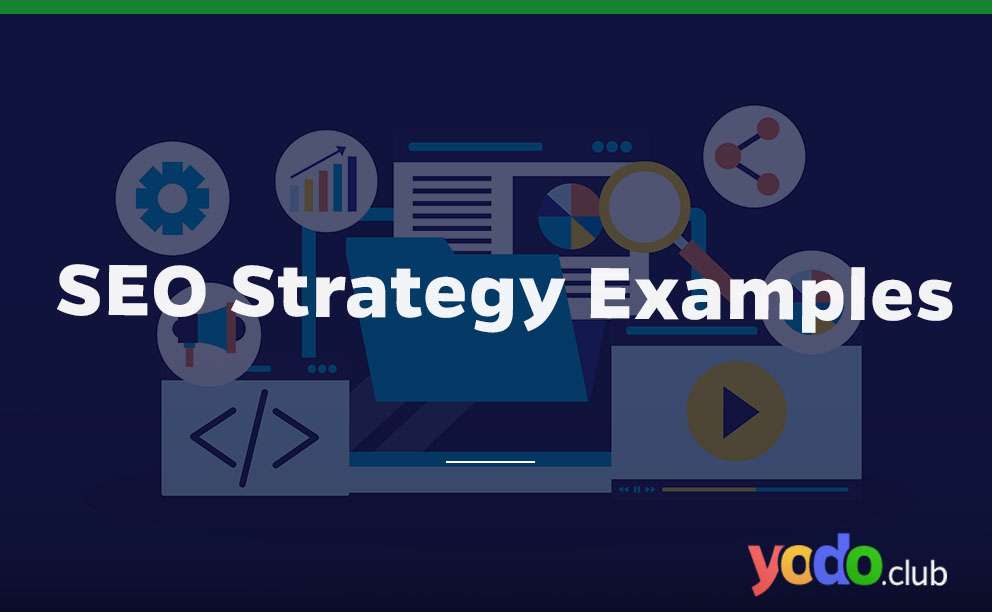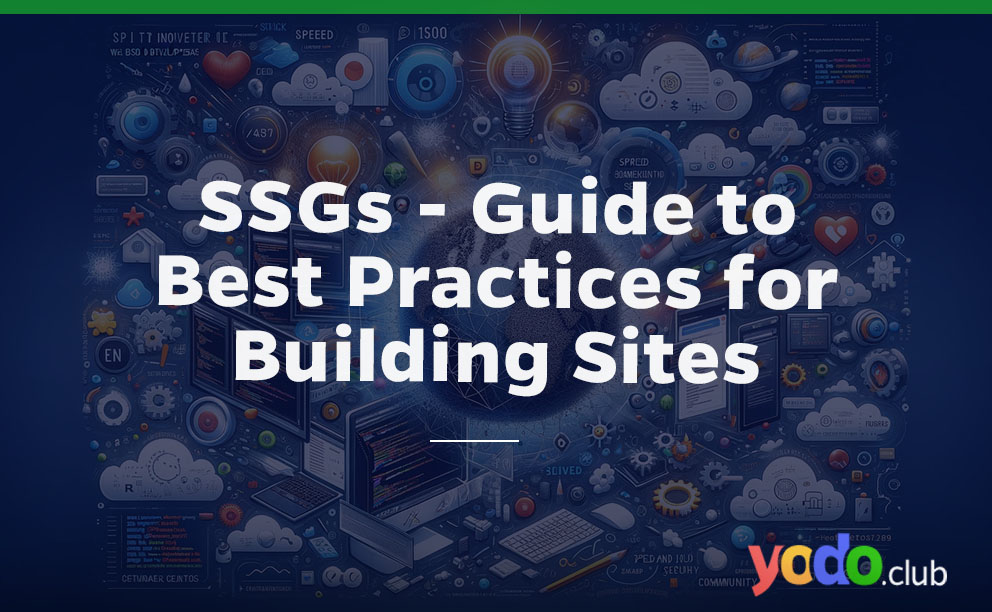So, you are inclined to track down your business’s site SEO strategies. To figure out the method for doing SEO, review these 9 SEO strategy examples to make a well-conceived plan.
Moreover, there are various SEO strategy examples, but I will guide you about some of them that can work for you best.
Table of Contents
1. Optimization of Keywords
The first is keyword optimization. Keyword simplifying is one of the essential components of an SEO marketing strategy since keywords help determine where your site shows up in indexed lists. Consequently, if you need relevant outcomes in finding your information, you require optimizing the site for the right keywords.
All in all, how can you find the right keywords for your page? Firstly, begin by leading keyword research. Then, you can utilize various keyword research tools, such as KeywordsFX, to look for term relevancy for your site.
When you look at your keywords list, you might want to remain long-tail keywords. These are keywords that contain at least three words. Due to specificity, long-tail keywords are incredible for your site since they bring more qualified traffic to your business.
When you find significant keywords, you’ll need to include them on your site. Place your keywords frequently, but not repeatedly, because it can cause keyword stuffing. Keyword stuffing adversely impacts your positioning, so make sure not to overload your keywords.
2. On-Page Optimization
One of the basic SEO strategies is on-page optimization. On-page components affect your site’s positioning since they work with Google on whether your page has significance to somebody’s search.

Here are some on-page factors you’ll need to enhance:
2.1 Title Tags
Title tags are the essential things that users see once they explore.
These tags tell them about the content of your page. Individuals get a brief look into what information can get from your page. Web search tools likewise utilize your title tag to work out assuming your page has relevancy, so you need to optimize it.
When you make your title tag, you’ll need to utilize your keywords as near the very edge of the front of the title tag as could be expected. First, it’ll help you show the visitors and web indexes that your page is meaningful. Secondly, you should make sure to remain within the limit of your title tag.
Title tags with 60 characters are the best option to keep in search results, which is another cause to utilize your keyword at the start rather than the end of your title tag. At last, you’ll need to ensure you make a title tag that connects with and grabs your visitors’ eyes.
2.2 Meta Description
Your meta description is one more basic component in search results than the title tag.
The meta description might be a short snippet that tells searchers what is on your page. Think about it as a piece of information.
It helps in deciding whether your page has relevance to SERPs. While writing a meta description, you should be within the 150-character providing meaningful information. Be sure to place one keyword too.
2.3 URLs
The last element for on-page optimization is URLs.
URLs are a fundamental part of your on-page optimization. To make it critical, you want to optimize this so your audience can remember the URL and return to your page later. It’s likewise fundamental to upgrade your URLs so web crawlers can understand them and further learn how your page has relevancy with SERPs.
To make the URL optimized, write your page’s keyword into it. Avoid using numbers and letters, as web crawlers and people will not understand or remember them. Instead, keep our URL simple and ensure it gives your audience an understanding of your page.
3. Working on the Backend of Your Site
Next comes working on the backend of your site. The site’s backend, though not visible, determines your site’s positioning. You want a helpful web page that works and functions appropriately to have a positive user experience.
The following are two SEO that you’ll use to improve the backend of your site:
3.1 Speed Up Your Site
Working on the backend of your site is to improve the loading time. Users dislike waiting for the pages — 83% of users expect your site to load in three seconds or less. Since users expect that site should load quickly, Google needs to show the websites at the top of that load rapidly.
If you don’t optimize your site’s loading time, you’ll lose your high ranking on Google. To improve your site’s load time, use Google PageSpeed Insights to understand your site’s speed. Google will then, at that point, give you friendly suggestions on how you’ll improve your site’s load time.
If you know working on the backend of your site, you can quickly improve the speed of your site.
3.2 Make Your Site User-friendly
Most people use smartphones, so you should make a site that provides a good experience.
If you neglect this, you lose half of the internet traffic through mobiles. Also, Google uses mobile-first indexing, which means that your mobile-friendliness impacts your site’s positioning. Anyway, how can one make your site mobile-friendly?
An ideal way to make a mobile-friendly site is to incorporate a responsive design into your site. A responsive design ensures that your site adjusts to anything someone uses for that device.
4. Making User-friendly Pages
It is one of the fundamental components of an SEO strategy since it impacts how your user interfaces with your site. If you don’t have an easy-to-use site, your audience will leave your site.
Making pages user-friendly will help you rank better in search pages since the audience will spend more time on your pages. Moreover, when the audience stays more, it conveys a positive message to search engines that your page has significance, which helps you get higher rankings.
Further, to make a better user experience, follow these practices:
-
- First, separate the message on your pages by 2-3 sentences. Having short text helps to read and makes it simpler for users to skim your topic.
- Avoid jargon. Many of us accept that jargon is a good way to convey information. However, it frequently causes more damage than great. Your audience has no idea about the terms, which become burdensome.
The best thing is to avoid slang language. - Add visuals. When information is critical, the audience gets confused to see the blocks of text. Adding visuals, such as photos and videos, can help read the text and simplify it to skim through your pages.
5. Making content
Next is making SEO content. Content creation is a fundamental part of an SEO strategy since it helps drive your site traffic and keeps individuals on your site longer.
You can make various kinds of content, including:
-
- Web journals
- Infographics
- Guides
- ebooks or digital books
- Blogs
- Videos
- Columns
And more.
You’ll need to blend this content to keep your strategy new for your audience. When you make SEO content, ensure it is high-quality and knowledgeable. It is better to create one in-depth article than ten short and low quality.
Making informative and great content will help you keep drives connected and help your site position higher on Google. If you want to figure out how to do an effective SEO, you need to focus on making effective and informational content. Better content will bring more traffic, engagement, and better positioning for your business.

6. Link Building
As you figure out how to do SEO, you’ll become familiar with the significance of link building. Both backlinks and internal links are fundamental components of an SEO system. Both ensure the authority of the website.
7. Competition Analysis
Competitor analysis is also essential besides SEO techniques. In getting a high ranking, it’s critical to know the competitor and how they rank on Google. Before ranking for a keyword, search it on Google and see the results.
First, look who is ranking on that keyword. Secondly, go through the pages to see their content and answer your queries.
-
- What is the page structure?
- What kind of content do they include?
- Have page any multimedia?
- What can you do better?
And more.
By answering these questions, you can get an idea of how to create compelling content.
8. Improving Voice Search
Voice search optimization empowers you to advance your site for verbal searches.
With improving verbal searches, you want to optimize the way people search verbally. Verbal search and typed search are different – individuals search longer and properly with voice search. Whenever people search verbally, they phrase it as questions.
9. Checking and Improving
Another example of an SEO strategy includes checking and improving your page. When you put the time and effort into expanding your SEO techniques, you don’t want that to get wasted. You should follow your strategy performance to improve and for the best results.
Checking and improving are fundamental components of an SEO system. They help you adjust your financial plan to get the best outcomes for your strategy.
Whenever you check SEO strategy, you need to make sure of the following metrics:
-
- Traffic
- Bounce rate
- Pages per click
- Click-through rate (CTR)
And more.
By including checking as a feature of your SEO strategy, you can better check your campaign.
These examples of an SEO strategy are not only limited here. You can broaden your search as well.

Final Thoughts
You can get a better idea from these SEO strategy examples. Better results you can achieve and create content that pushes traffic to your business.






 & Passion.
& Passion.